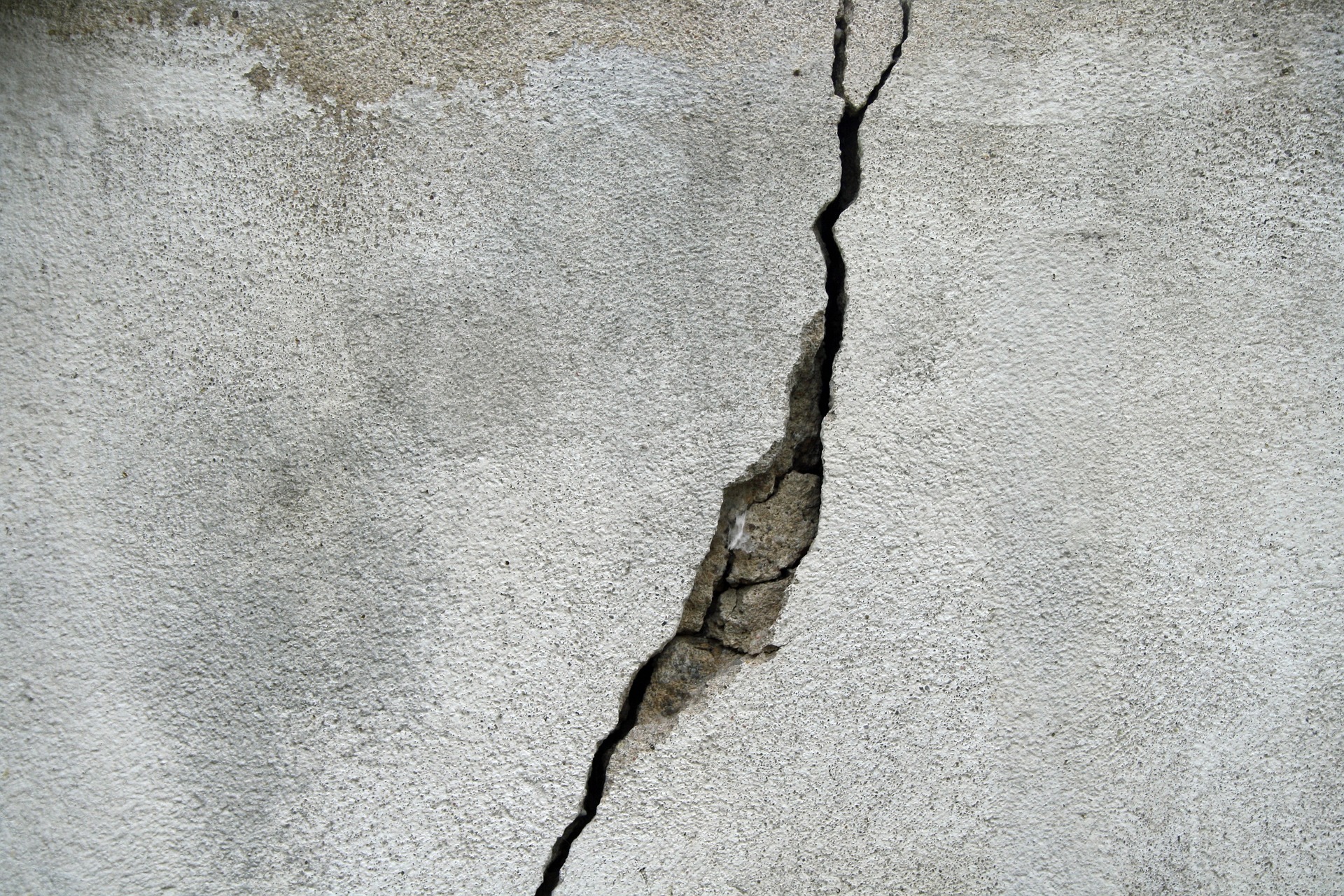Complete Guide to Fixing Cracks and Structural Damage
Discover practical ways to address wall cracks in your home. From identifying common causes to understanding basic repair approaches, this guide provides clear insights to help you maintain your walls safely and effectively, keeping your living space in good condition.

Wall damage affects nearly every home at some point, ranging from hairline cracks to significant structural issues. Identifying the type and severity of wall damage determines the appropriate repair approach, whether it involves simple filling techniques or comprehensive restoration work.
Understanding Wall Crack Filling and Restoration Methods
Wall crack filling involves several techniques depending on crack size and location. Small hairline cracks typically require mesh tape and joint compound, while larger gaps may need specialized fillers or patching materials. The restoration process begins with cleaning the crack, applying appropriate filler material, and finishing with primer and paint to match the surrounding wall surface.
Different wall materials require specific approaches. Drywall cracks often result from house settling and can be repaired with standard joint compound. Plaster walls may need more extensive work, including removing loose material and applying new plaster in layers. Concrete or masonry walls require hydraulic cement or specialized crack injection materials.
Professional Structural Wall Crack Repairs
Structural wall crack repairs address more serious issues that may indicate foundation problems, water damage, or load-bearing concerns. These repairs often require professional assessment to determine underlying causes before implementing solutions.
Vertical cracks usually indicate normal settling, while horizontal or stair-step cracks may signal foundation issues requiring immediate attention. Professional repairs might involve installing wall anchors, carbon fiber reinforcement, or addressing drainage problems causing the damage. Structural repairs typically include warranties and follow building codes to ensure safety and longevity.
Signs requiring professional intervention include cracks wider than a quarter-inch, recurring cracks after repair, or cracks accompanied by doors and windows that stick or won’t close properly. Professional contractors use specialized equipment to inject epoxy or polyurethane into cracks, providing permanent solutions that prevent water infiltration and further damage.
Effective Home Wall Crack Repair Solutions
Home wall crack repair solutions range from DIY approaches for minor issues to professional services for significant damage. Homeowners can address small cosmetic cracks using readily available materials and basic tools.
DIY repair kits include mesh tape, joint compound, sandpaper, primer, and paint. The process involves widening the crack slightly to remove loose material, applying mesh tape, covering with joint compound in thin layers, sanding smooth when dry, and finishing with primer and paint. This approach works well for cracks less than an eighth-inch wide.
Prevention strategies include maintaining consistent indoor humidity levels, ensuring proper drainage around the foundation, and addressing minor cracks promptly before they expand. Regular inspection helps identify problems early when repairs are simpler and less expensive.
| Service Type | Provider | Cost Estimation |
|---|---|---|
| DIY Crack Repair Kit | Home Depot/Lowe’s | $15-$40 |
| Professional Drywall Repair | Local Contractors | $150-$400 per crack |
| Structural Crack Injection | Foundation Specialists | $300-$800 per crack |
| Complete Wall Restoration | General Contractors | $500-$2,000 per wall |
Prices, rates, or cost estimates mentioned in this article are based on the latest available information but may change over time. Independent research is advised before making financial decisions.
Choosing the Right Repair Approach
Selecting appropriate repair methods depends on crack characteristics, wall material, and underlying causes. Surface cracks in painted drywall often require only cosmetic repair, while structural cracks need comprehensive solutions addressing root causes.
Timing affects repair success significantly. Addressing cracks during dry seasons prevents moisture interference with repair materials. Temperature considerations also matter, as extreme heat or cold can affect curing times and material performance.
Quality materials make substantial differences in repair longevity. Premium joint compounds resist shrinking and cracking better than basic versions. Professional-grade sealers and primers provide superior adhesion and durability compared to standard consumer products.
Wall repair success depends on proper diagnosis, appropriate materials, and correct application techniques. While minor cosmetic cracks suit DIY approaches, structural issues require professional expertise to ensure safety and prevent recurring problems. Regular maintenance and prompt attention to new cracks help preserve wall integrity and home value over time.




